Subtotal: R775.00
Hall Current 18 Click
R700.00 ex. VAT
Hall Current 18 Click is a compact add-on board that contains a precise solution for AC/DC current sensing. This board features the MCS1806, an isolated Hall-effect current sensor from MPS. The sensor is immune to external magnetic fields via differential sensing and has no magnetic hysteresis. The MCS1806 features galvanic isolation between the pins of the primary conductive path and the sensor leads, allowing it to replace optoisolators and other isolation devices. This Click board™ makes the perfect solution for the development of multi-phase inverters, motor controls, automotive systems, load detection and management, and more.
Step Down 10 Click is fully compatible with the mikroBUS™ socket and can be used on any host system supporting the mikroBUS™ standard. It comes with the mikroSDK open-source libraries, offering unparalleled flexibility for evaluation and customization. What sets this Click board™ apart is the groundbreaking ClickID feature, enabling your host system to seamlessly and automatically detect and identify this add-on board.
Stock: Lead-time applicable.
| 5+ | R665.00 |
| 10+ | R630.00 |
| 15+ | R595.00 |
| 20+ | R572.60 |

 DIGI POT Click
DIGI POT Click  DAC Click
DAC Click 
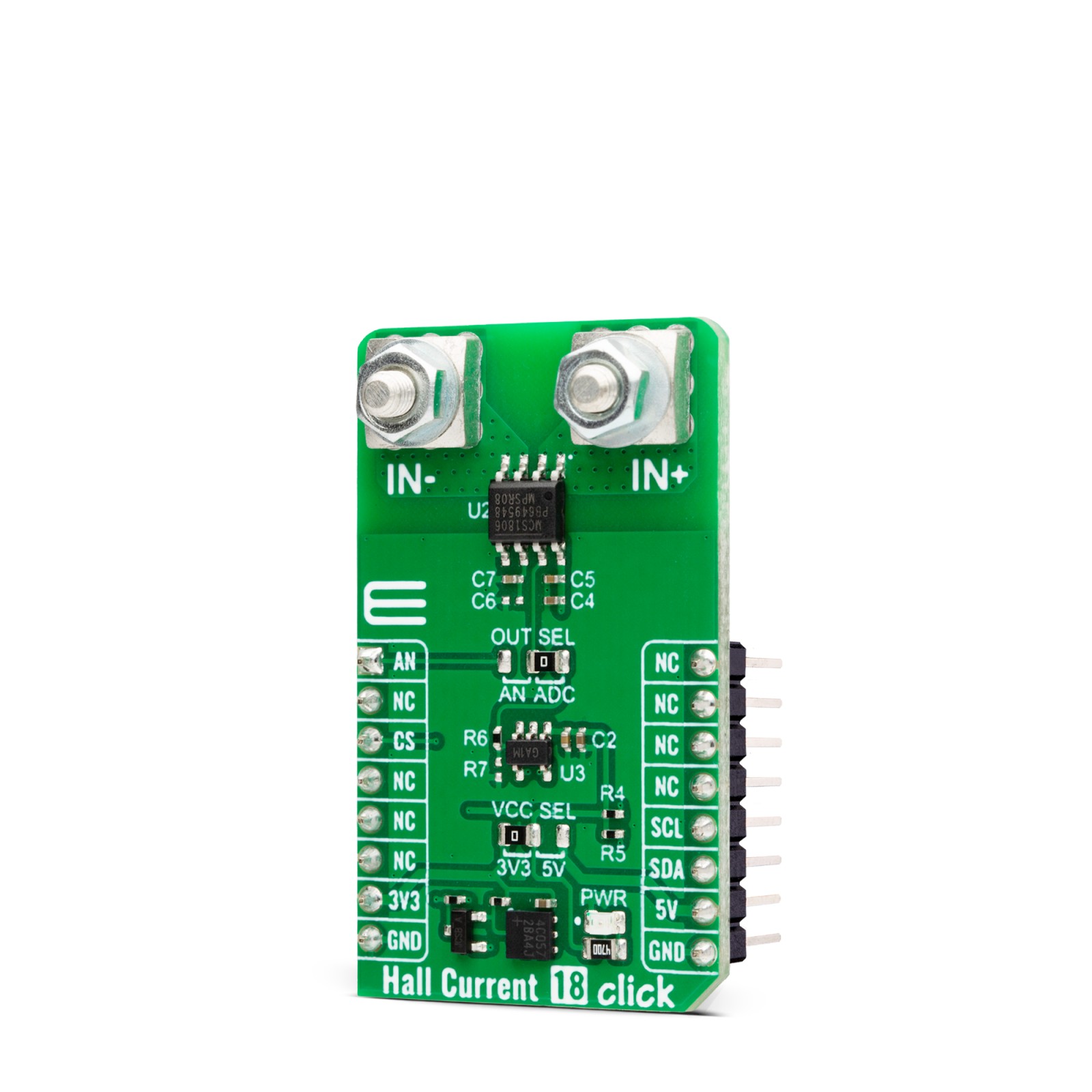
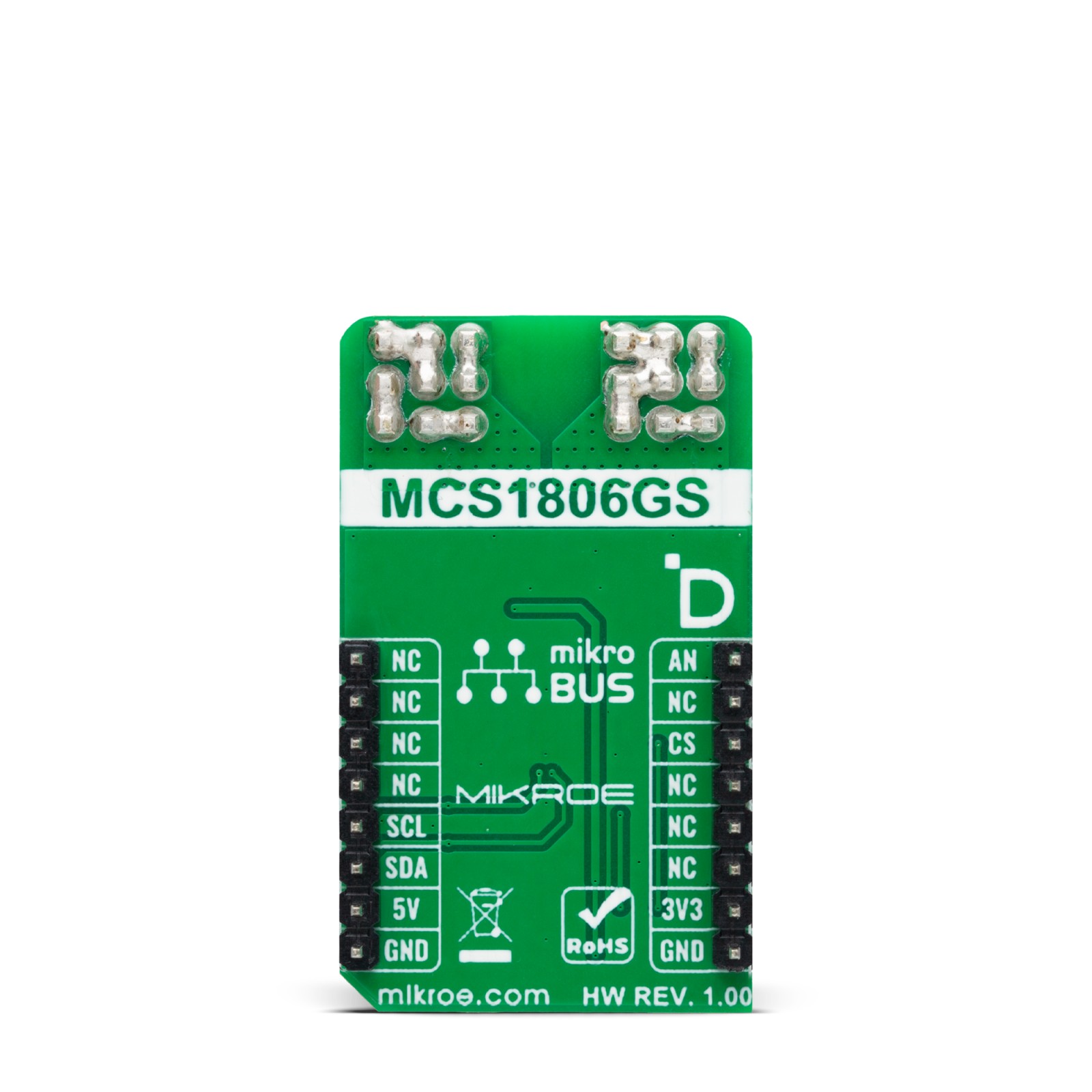
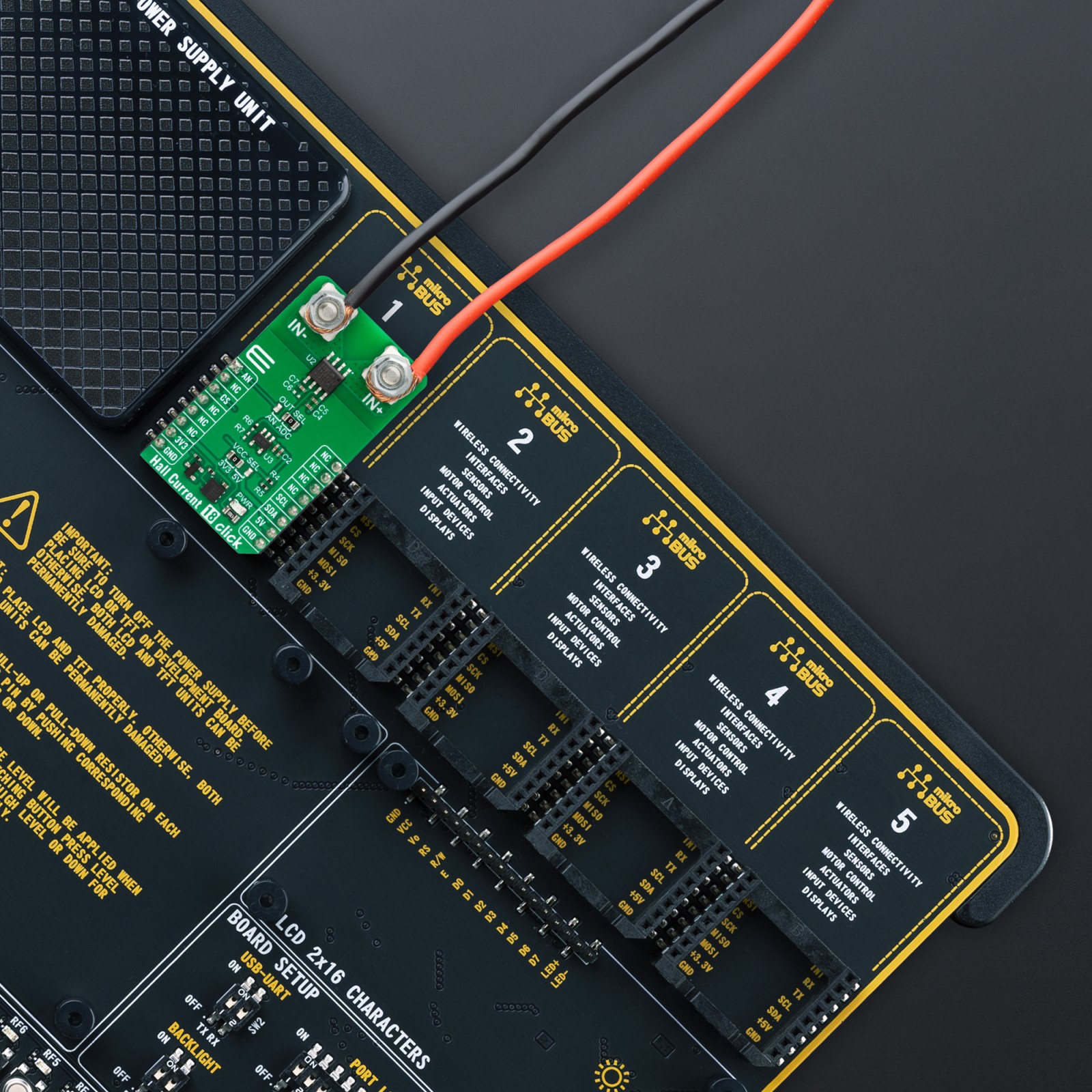
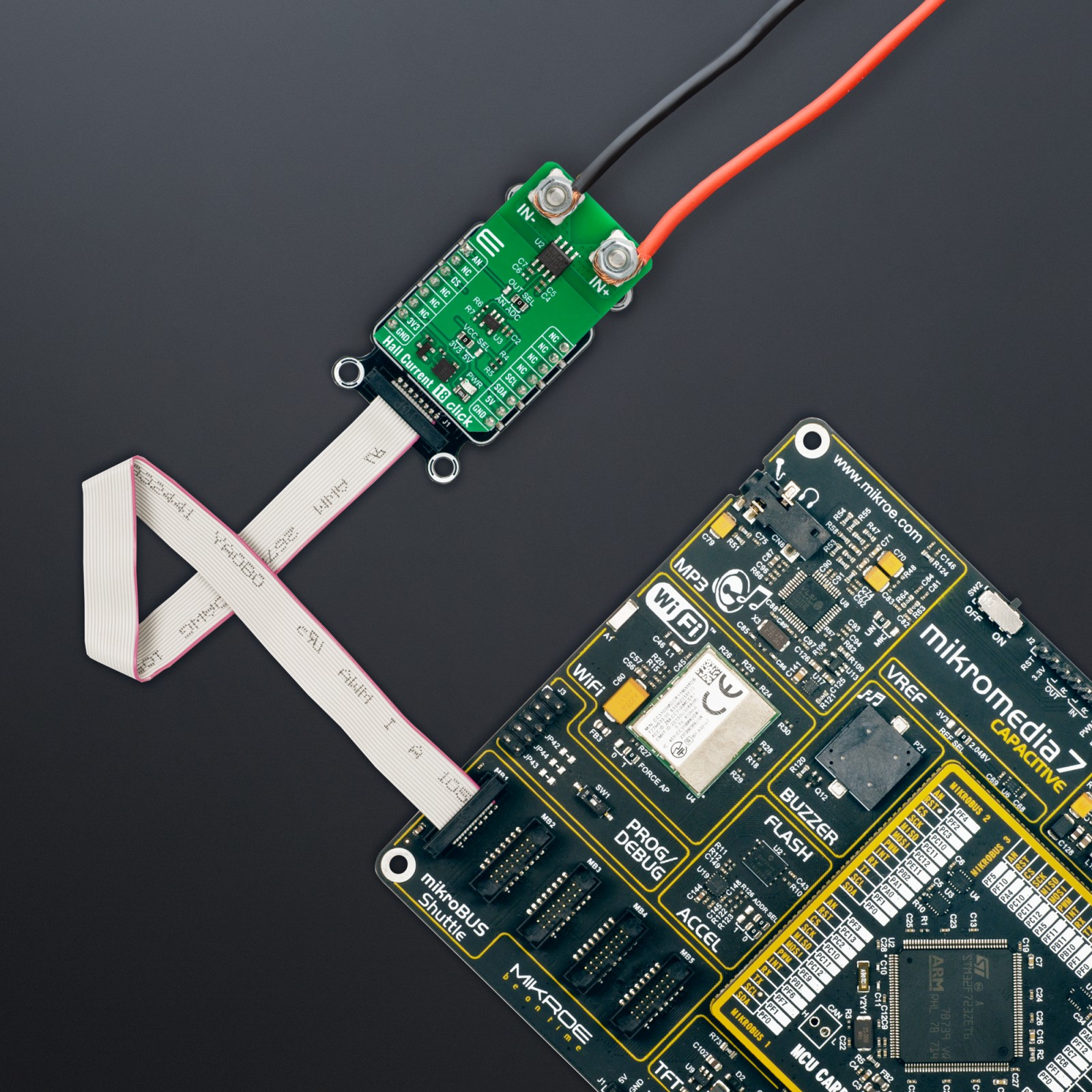
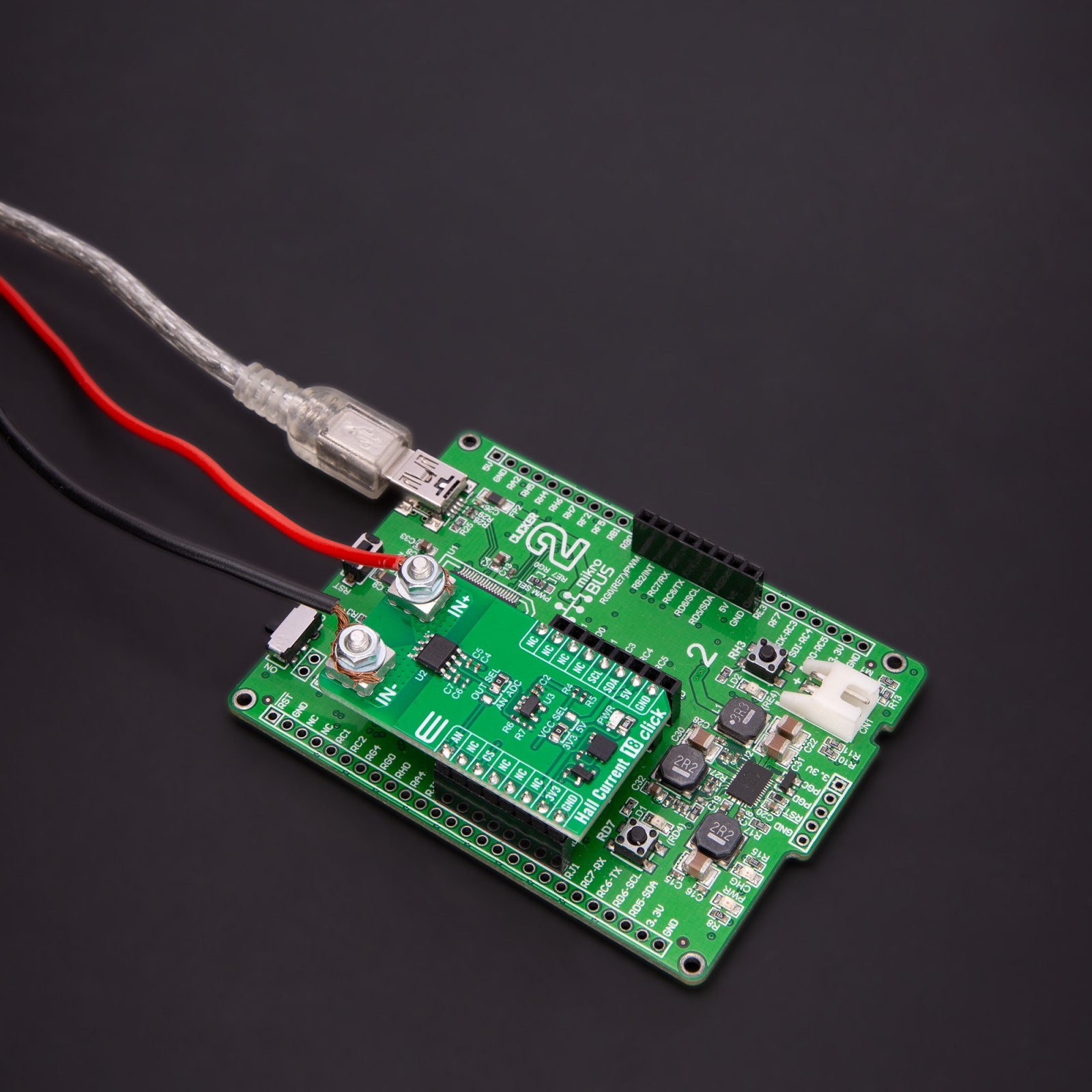
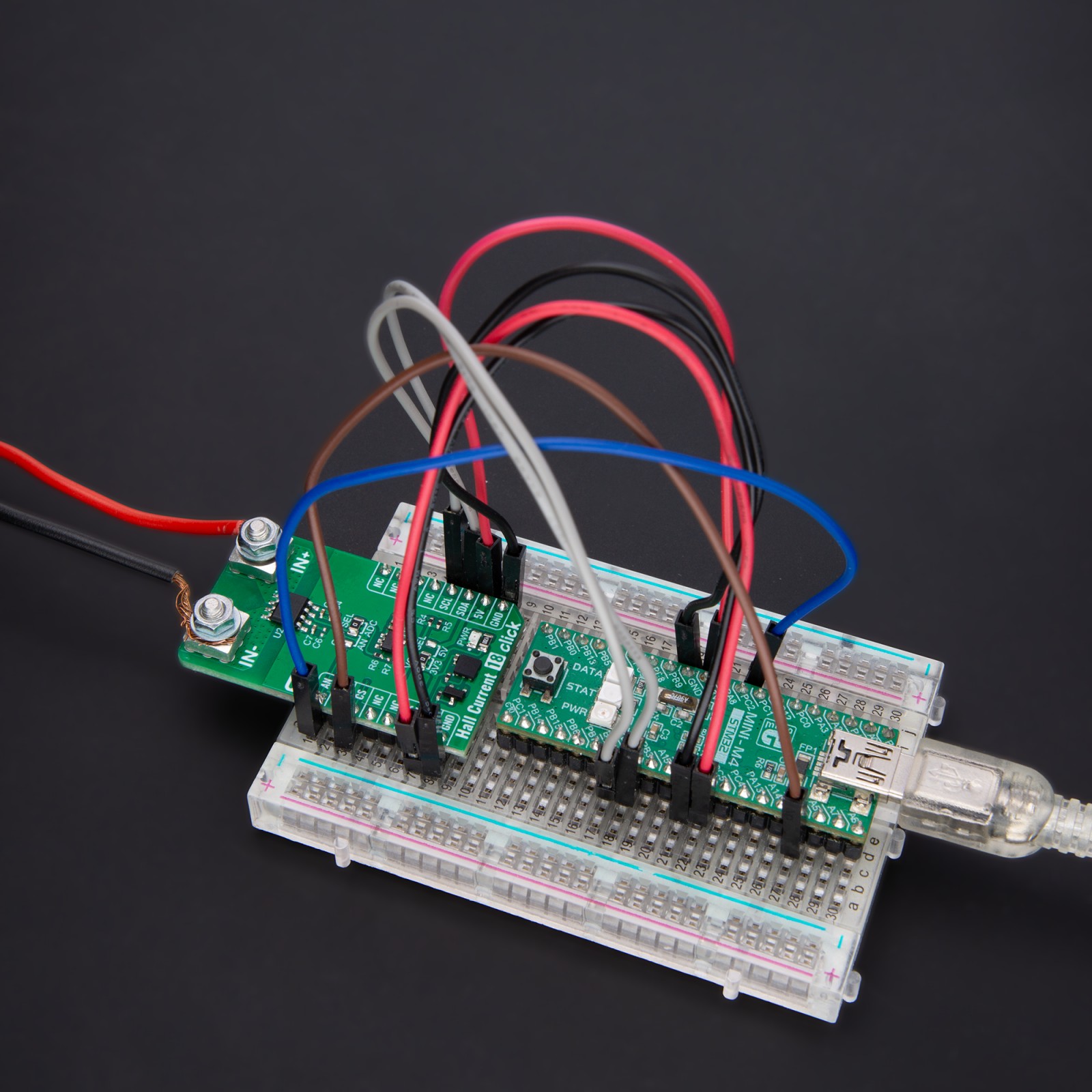

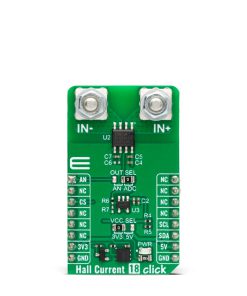

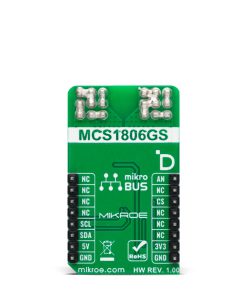

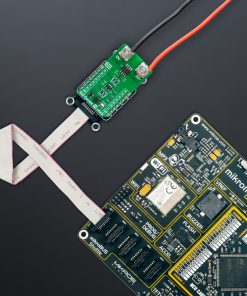

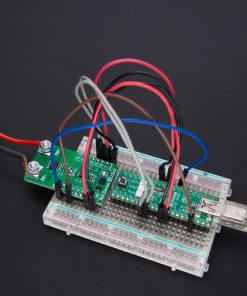
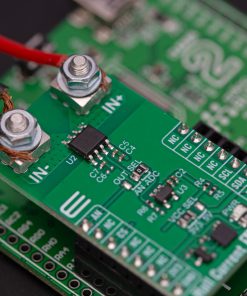
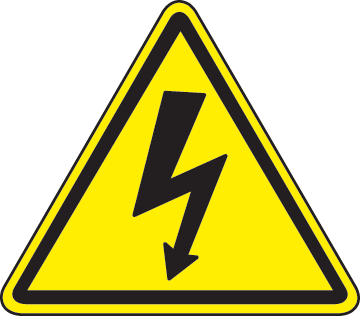 DO NOT TOUCH THE BOARD WHILE THE EXTERNAL POWER SUPPLY IS ON!
DO NOT TOUCH THE BOARD WHILE THE EXTERNAL POWER SUPPLY IS ON!







